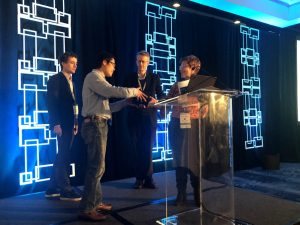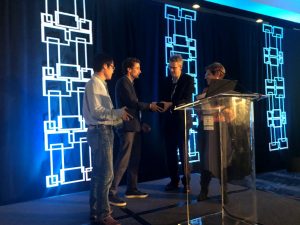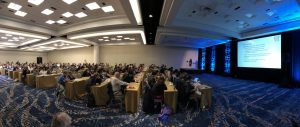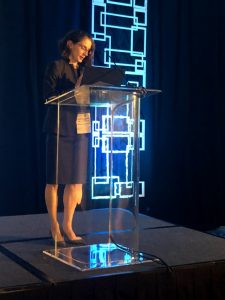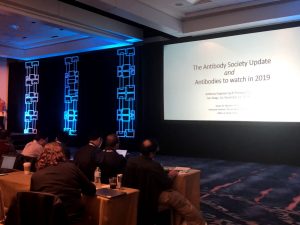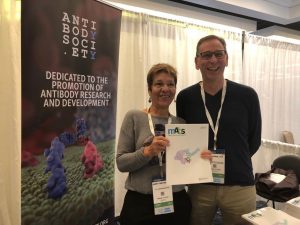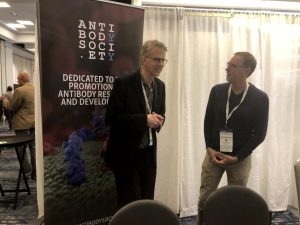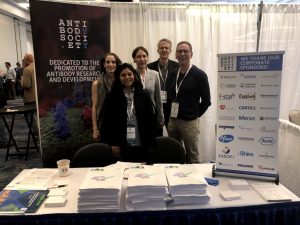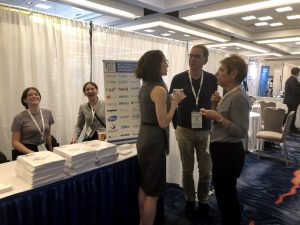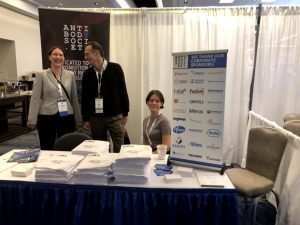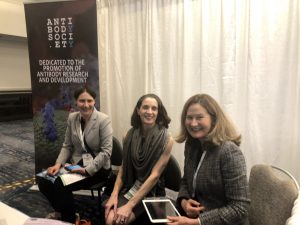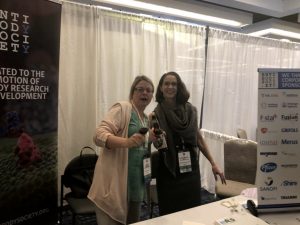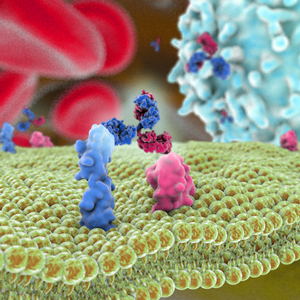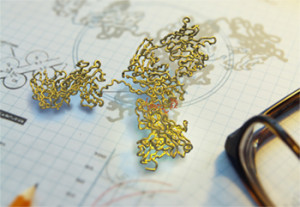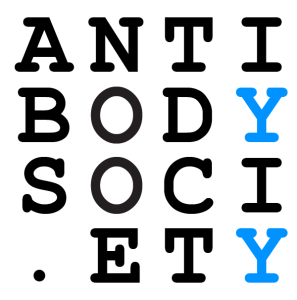Congratulations to our 2018 Graduate Student and Post-doctoral Poster Award winners! An award ceremony was held on December 12th at the Society’s annual meeting, Antibody Engineering &Therapeutics, to recognize the recipients. The winners were:
Junpeng Qi (Postdoctoral Associate, The Scripps Research Institute). Poster title: Potent and selective antitumor activity of a T cell-engaging bispecific antibody targeting a membrane-proximal epitope of ROR1.
Pietro Sormanni (Borysiewicz Biomedical Sciences Fellow (postdoctoral), University of Cambridge). Poster title: Third generation antibody discovery: In silico rational design.
Madeleine Jennewein (Ph.D. candidate, Harvard University). Poster title: Trans-placental antibody transfer selects for highly functional antibodies.
Junpeng Qi – Scripps Research Institute (The Rader Lab)
“I would to thank The Antibody Society for giving me this award. It is a great opportunity, especially for a young scientist, to get the latest progress in antibody engineering and therapeutics, and to be connected with the excellent scientists in the antibody field. From this impressive annual meeting I learned that we can do amazing science with antibodies and develop fantastic antibody therapeutics benefiting patients as well.”
Pietro Sormanni – University of Cambridge (The Vendruscolo Lab)
“I am immensely grateful to The Antibody Society for selecting my application, and even more for organizing this award. This award has given me the opportunity to attend this terrific meeting, to learn about world-class research in both industry and academia, and more importantly to share and discuss my own work with leading scientists from across the world. I would like to stress the importance of the existence of awards such as this, and I call for the Society and the sponsors of the meeting to make available more of these awards and travel grants to early career researchers. Because at the end of the day, the growing community of postdoctoral researchers and graduate students is the engine that powers biomedical research, certainly in academia, and increasingly also in industry. And these travel grants provide us with the unique opportunity to get out of the lab, come to these meetings and greatly expand our research horizons, and generate new ideas. So I hope to see a bit more space dedicated to early career researchers in future editions of this meeting, thank you all for your attention, and again to The Antibody Society for this award.”
Madeleine F Jennewein – Harvard University (The Alter Lab)
Madeleine Jennewein was unexpectedly unable to join us at the meeting in San Diego, but we thank her for her participation and wish her the best with her work.


